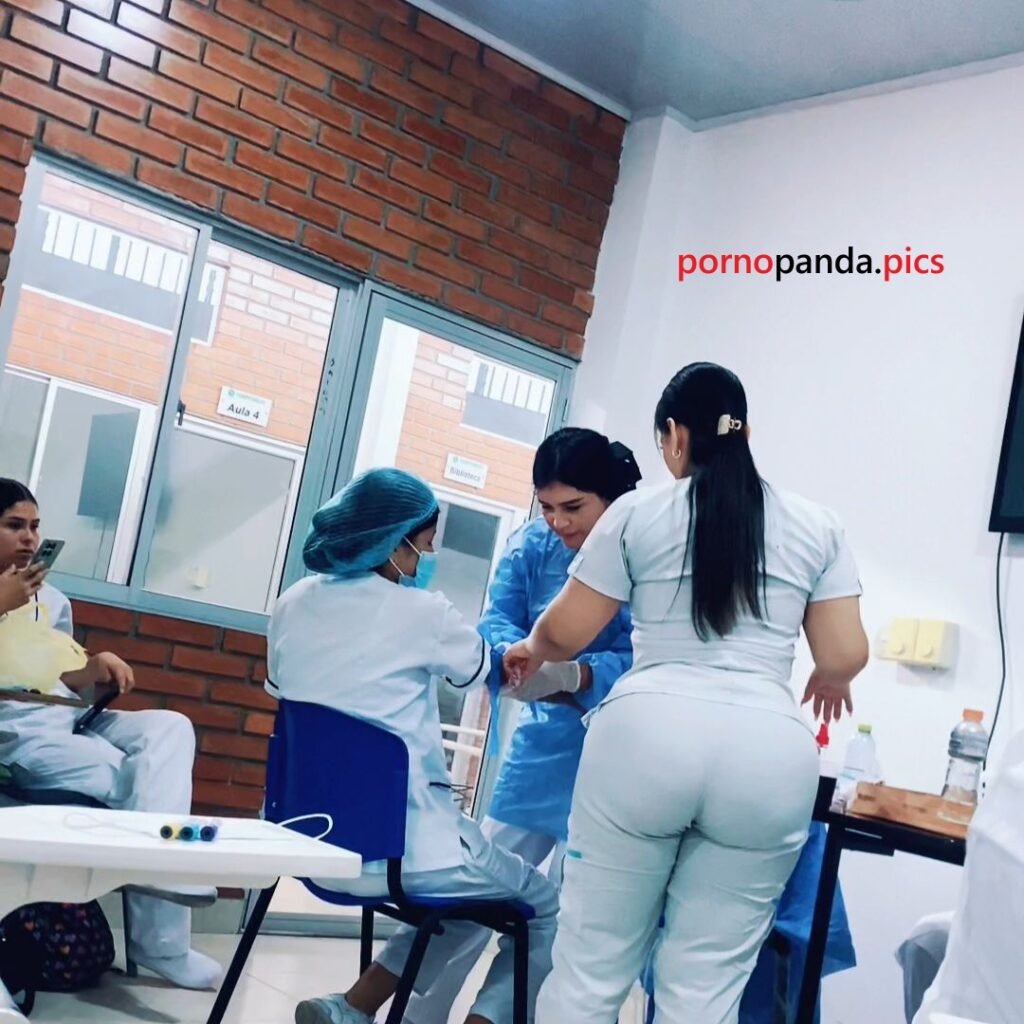
Lets compare to Miley Cyrus White Tongue ….

Porn Pics “This Mama has red healthy tongue, not white fungi tounge (oral candidiasis)”
The condition you are referring to is most likely Oral Thrush, also known as oral candidiasis.
This is a fungal (yeast) infection in the mouth caused by an overgrowth of the Candida fungus, most commonly Candida albicans.
Here is a summary of the symptoms, causes, and treatment:
Symptoms
The most common symptoms include:
- White, creamy, slightly raised patches (lesions) in the mouth, usually on the tongue or inner cheeks. They can resemble cottage cheese.
- If the patches are scraped off, they reveal red, inflamed areas that may bleed slightly.
- Redness or soreness inside the mouth.
- A cottony feeling in the mouth.
- Loss of taste or an unpleasant taste in the mouth.
- Pain while eating or swallowing.
- Cracks at the corners of the mouth (angular cheilitis).
Causes and Risk Factors
While small amounts of Candida are naturally present in the mouth, an infection occurs when there is an overgrowth. This is often due to a disruption of the natural balance of microorganisms in the mouth, frequently related to a weakened immune system.
Risk factors include:
- Weakened immune system (e.g., from diseases like HIV/AIDS, cancer, or cancer treatments like chemotherapy).
- Taking certain medications, such as:
- Antibiotics (especially for a long time)
- Corticosteroids (especially inhaled steroids for asthma or COPD)
- Diabetes (poorly controlled blood sugar provides a favorable environment for the fungus).
- Wearing dentures (especially if they don’t fit well or are not cleaned properly).
- Dry mouth (xerostomia).
- Poor oral hygiene.
- Being a baby/infant or an elderly adult.
Treatment
Treatment for oral thrush is typically done with antifungal medications. It’s best to see a doctor or dentist for a proper diagnosis and prescription.
- Antifungal Medications (Antimycotics):
- These can come in different forms: lozenges, tablets, or a liquid that you swish in your mouth and then swallow.
- Common medications include Nystatin or Fluconazole.
- The treatment usually lasts for 7 to 14 days.
- Addressing Underlying Causes:
- If a medication (like a steroid inhaler or antibiotic) is the cause, your doctor may adjust the dosage or change the type of medicine.
- If you have diabetes, managing your blood sugar is crucial.
- If you wear dentures, they must be properly cleaned and removed at night.
- Home Care to Relieve Symptoms (in addition to medical treatment):
- Saltwater rinse: Swish a solution of 21 teaspoon of salt in 1 cup of warm water and spit it out.
- Good oral hygiene: Brush and floss regularly, and replace your toothbrush often to avoid re-infection.
If you suspect you have oral thrush or have white patches on your tongue that do not go away, it is important to consult a healthcare provider or a dentist for a diagnosis and appropriate treatment.






